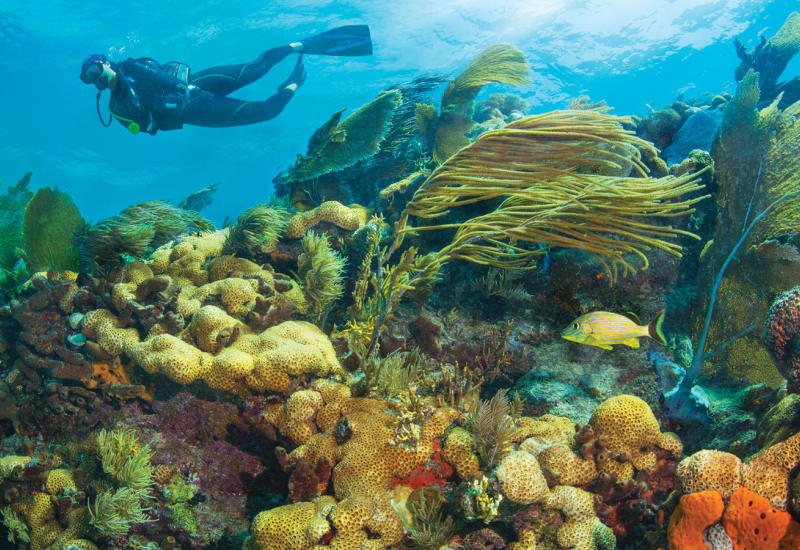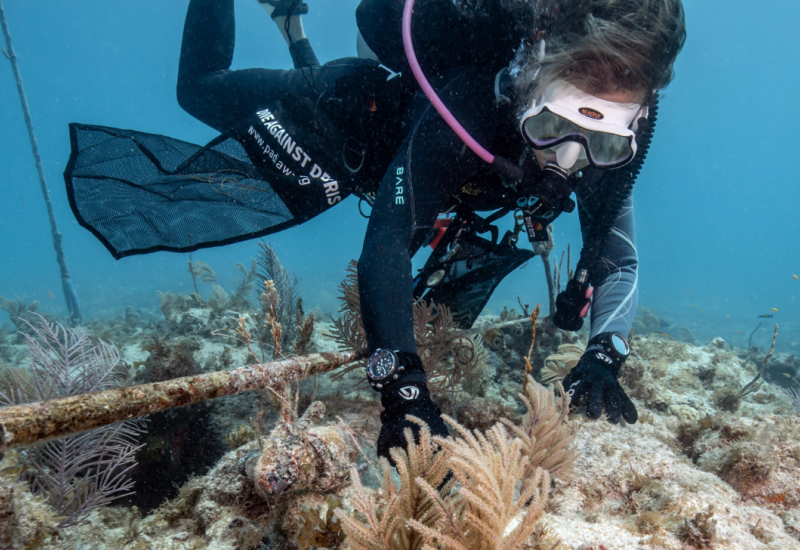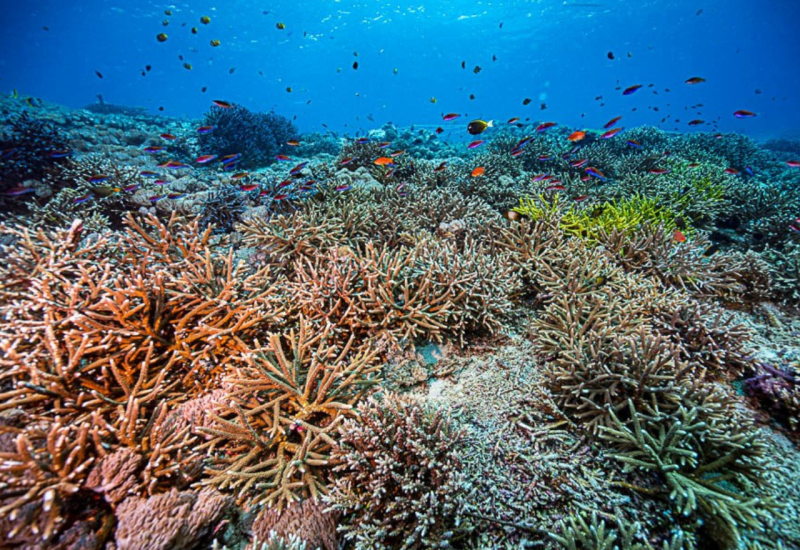8 Interesting Facts About Parrotfish
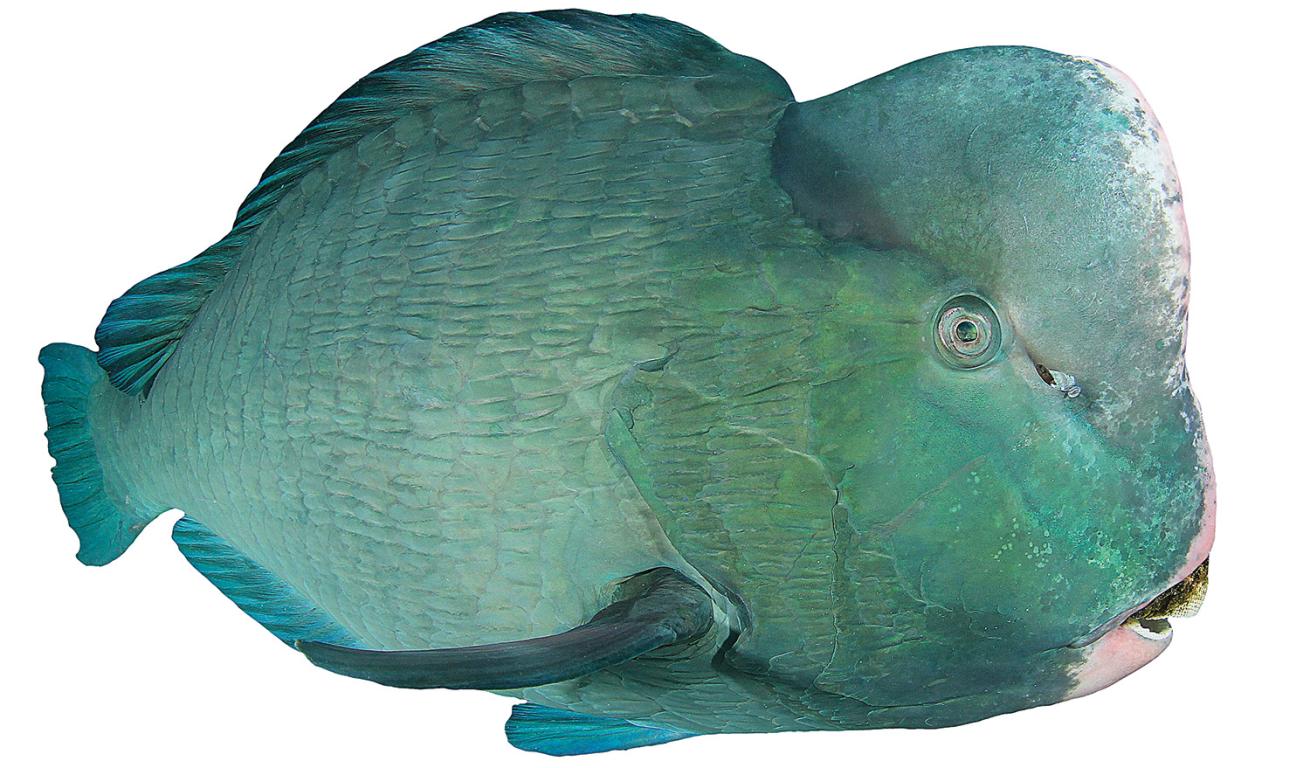
ShutterstockHere are the most interesting facts about parrotfish, including their diet, size and production of sand.
Sharks, rays, eels and even anemonefish might be more popular, but you’d be hard-pressed to find a more fascinating reef dweller than the parrotfish. The term parrotfish encompasses any species in the family Scaridae, including the humphead, rainbow and princess varieties. Known for their vibrant colors, penchant for munching coral and — ahem — unconventional production of sand, these fish are vital pieces of a marine ecosystem. Here are some of our favorite facts about the parrotfish.
1) Bolbometopon muricatum, aka the green bumphead parrotfish, takes the cake as the largest in the family, growing past 4 feet in length and in excess of 100 pounds.
2) Perhaps the most fascinating parrotfish behavior relates to its homemade nightgown. Some species of parrotfish are able to encapsulate themselves in a cocoon of mucus at night. Scientists believe that this bubble might protect the fish from predators — such as eels and sharks — by masking its scent. Others suggest it might work as a protective mechanism by giving the sleeping fish a heads-up when a predator has penetrated the cocoon.
3) When it comes to chewing on coral, two sets of teeth are better than one. The parrotfish has fused teeth shaped like a beak that allow it to scrape off pieces of coral and other food, and inner pharyngeal teeth that crush the food once it’s in its mouth.
4) The parrotfish’s teeth — which helped it earn its name — are composed of fluorapatite, among the hardest biominerals in the world. This makes the parrotfish’s teeth harder than copper, gold and silver.
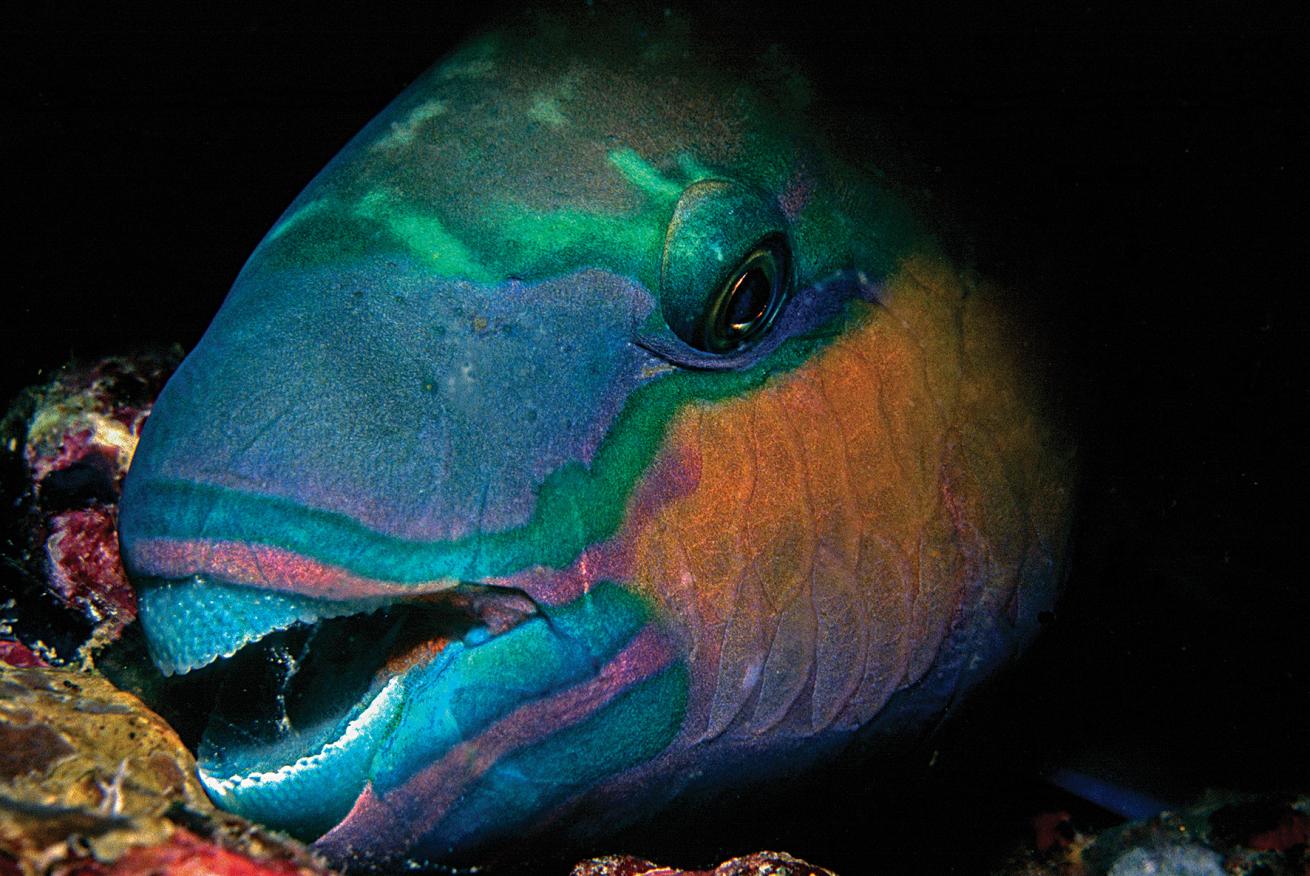
ShutterstockWhen it comes to chewing on coral, two sets of teeth are better than one.
5) There are about 90 species of parrotfish, and they can be found all around the world in tropical and subtropical oceans.
6) If you love a sandy beach, thank a parrotfish, which can turn 1 ton of coral into sand in a year. The fish eat algae that grows on coral rock, munching pieces of coral in the process. The coral is ground and digested, resulting in fine sand particles as it exits the parrotfish’s body. In plain terms, the powdery white sand that beach bums love to sprawl on might be parrotfish poop.
7) Every day is arm day for the parrotfish, which uses its pectoral fins to swim through water, much like its close relative, the wrasse.
8) Parrotfish are often found in schools of dozens, led by a dominant male that earned its spot by switching genders when the past supermale died. In fact, some parrotfish change sex multiple times in a lifetime.
| Species Snapshot | |
|---|---|
| Green humphead parrotfish: | Bolbometopon muricatum |
| Max length: | 4.3 feet |
| Weight: | 100 pounds |
| Conservation status: | Vulnerable, IUCN Red List |
| Distribution: | Red Sea, Indian Ocean and Pacific Ocean |

